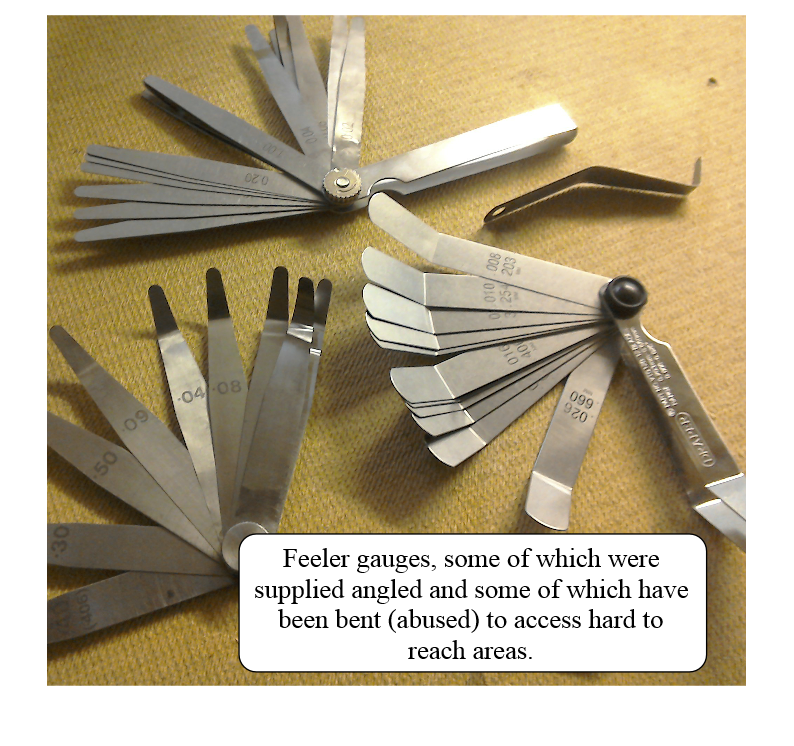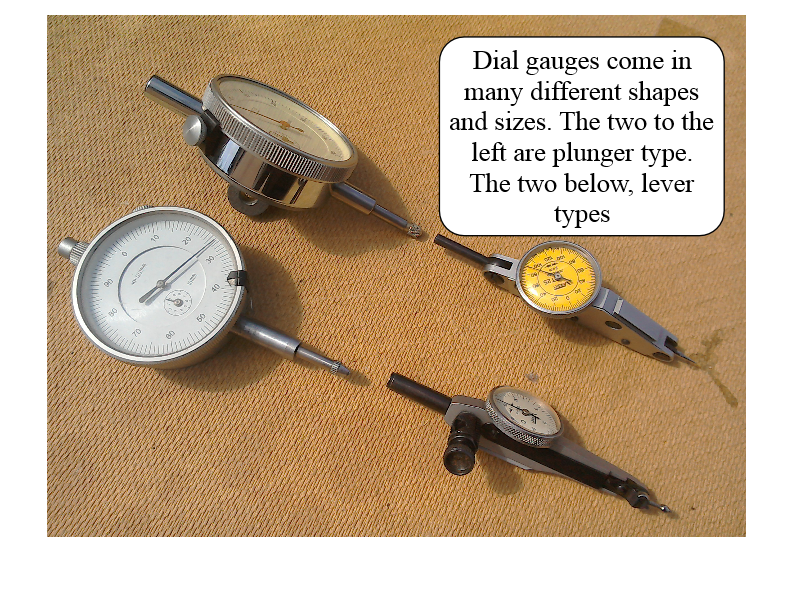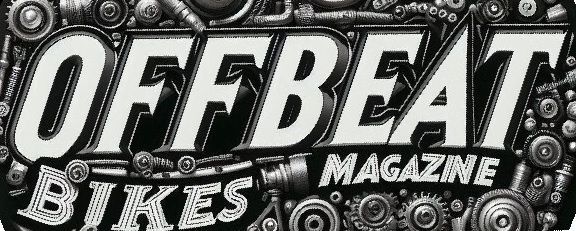
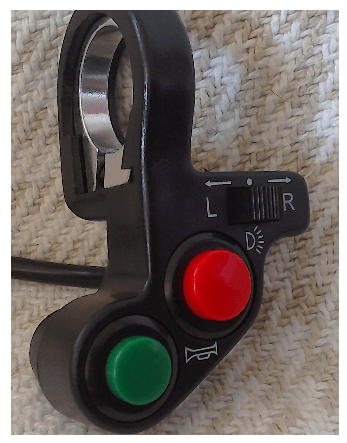
You knew their was going to be a but, didn’t you?
The first issue may or may not be a problem, depending on how easily your handlebar grips come off. The single screw clamp design means that you have to slide the switches onto the handlebar, and you can only do that after first removing the grip.
The second problem could cause more serious issues. The switches are connected up using really small diameter wire. The cross sectional area of a cable determines the amount of electrical current that it can safely carry. I haven’t yet calculated the cross sectional area of these cables, but I can tell you that they are of a considerably smaller diameter than the cables fitted to some Honda switches that I have to hand. What does all this mean? Well, basically if you are attempting to use these to control a high current load i.e. a big wattage headlight, then things might start to get a bit warm!


I don’t ever remember JIS screwdrivers as being listed as a required ‘special’ tool in any of the factory workshop manuals I’ve looked at. So are they really necessary?
I bought a set to look at, and these are my musings.
If, like me, you mostly work on Japanese motorcycles, you may have seen the virtues of JIS (Japanese Industrial Standard) screwdrivers extolled in the mainstream motorcycle press. Apparently, the screws used on most Japanese motorcycles are made to this standard and undoing them with standard ‘Phillips’ screwdrivers could chew up the heads. (A JIS screw head is often marked with a dimple, to help with identification. So if you’ve looked at your bike and seen screw heads marked with a dimple, now you know why! ) So, because it’s not actually very hard to convince myself that I need new tools, I bought a set to see if they really made a difference.
From the choices available, I picked a Laser tools branded set. Laser kit is usually OK for DIY stuff and this set was reasonably priced, so I didn’t feel too guilty about spending the money!
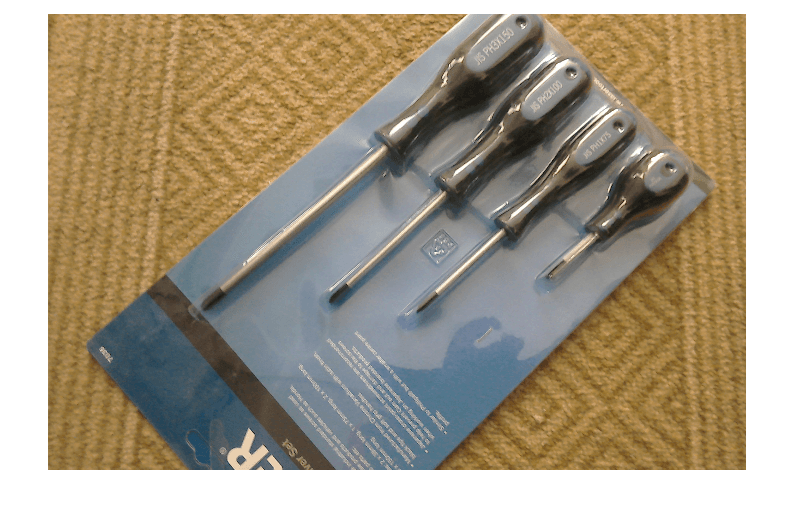
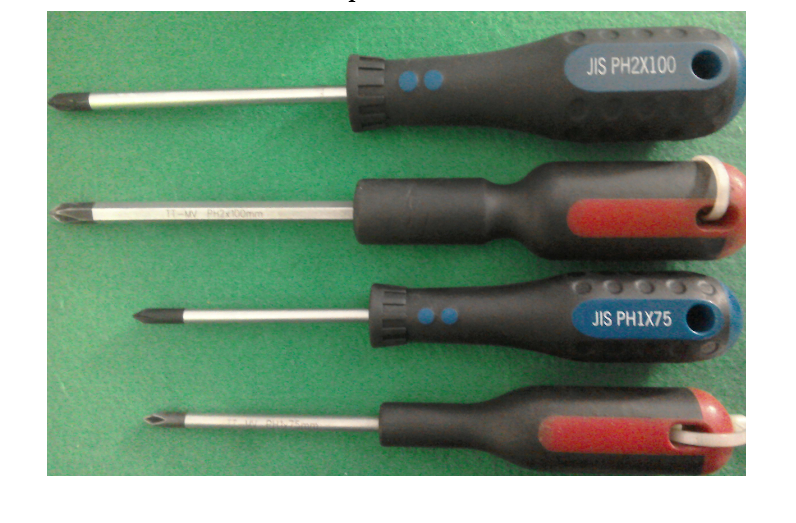
So, is it worth buying special JIS screwdrivers?
Well, no, I don’t think you need to rush out and buy any if you’re happy with what you currently own. I used this set to service a bank of Suzuki Bandit carbs, and they did undo the screws without drama, but I felt that this was due more to the fact that the tips were nice and new, rather than a vastly different design to my old Teng ‘drivers. But, if your current Phillips screwdrivers are looking tired, then a set like these Laser screwdrivers, which are designated both JIS and PH, may be just the job.

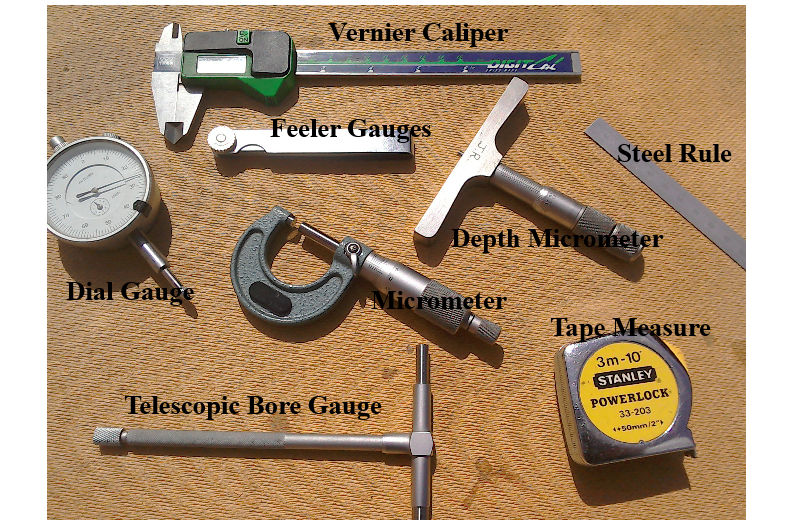
If you need a bit more precision, but still want to measure things across a wide range of sizes, then vernier calipers may be a good choice. Once upon a time, these used to be very expensive (and you had to be able to read the vernier scale - see pic., right).
Fortunately advances in technology have produced the digital vernier. Easy to read, available in many different lengths, and thanks to far eastern imports - cheaply available. People may sneer at these, but for hobby use, they’re perfectly acceptable. By all means, though, go for the big brands if you have the funds available.
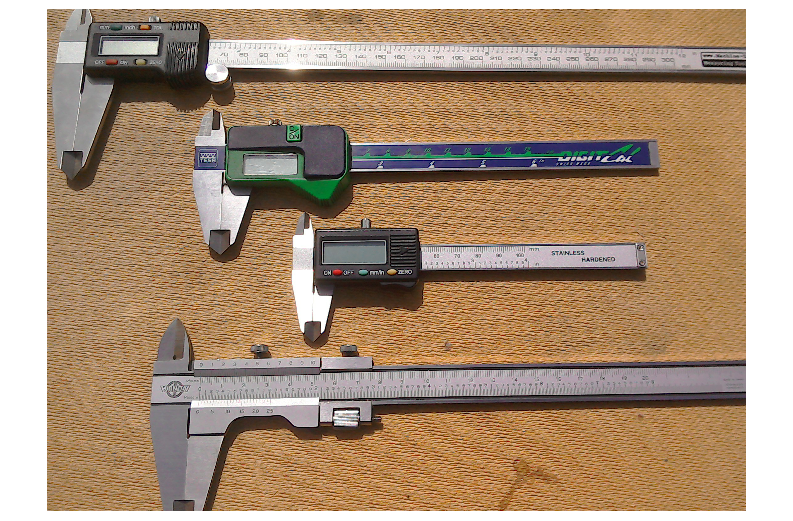

Feeler gauges are usually used to measure the clearance between two parts. The gauges are slips of metal whose thicknesses have been accurately ground. Although more often used when working on the engine of your bike for checking valve clearances, crankshaft side clearance, points gaps etc., they can also be useful on the chassis if you’re trying to fit engines, wheels and so on into spaces that they weren’t initially designed for. You can then work out what size shims or spacers are needed in places where it’s almost impossible to fit a traditional measuring instrument.
